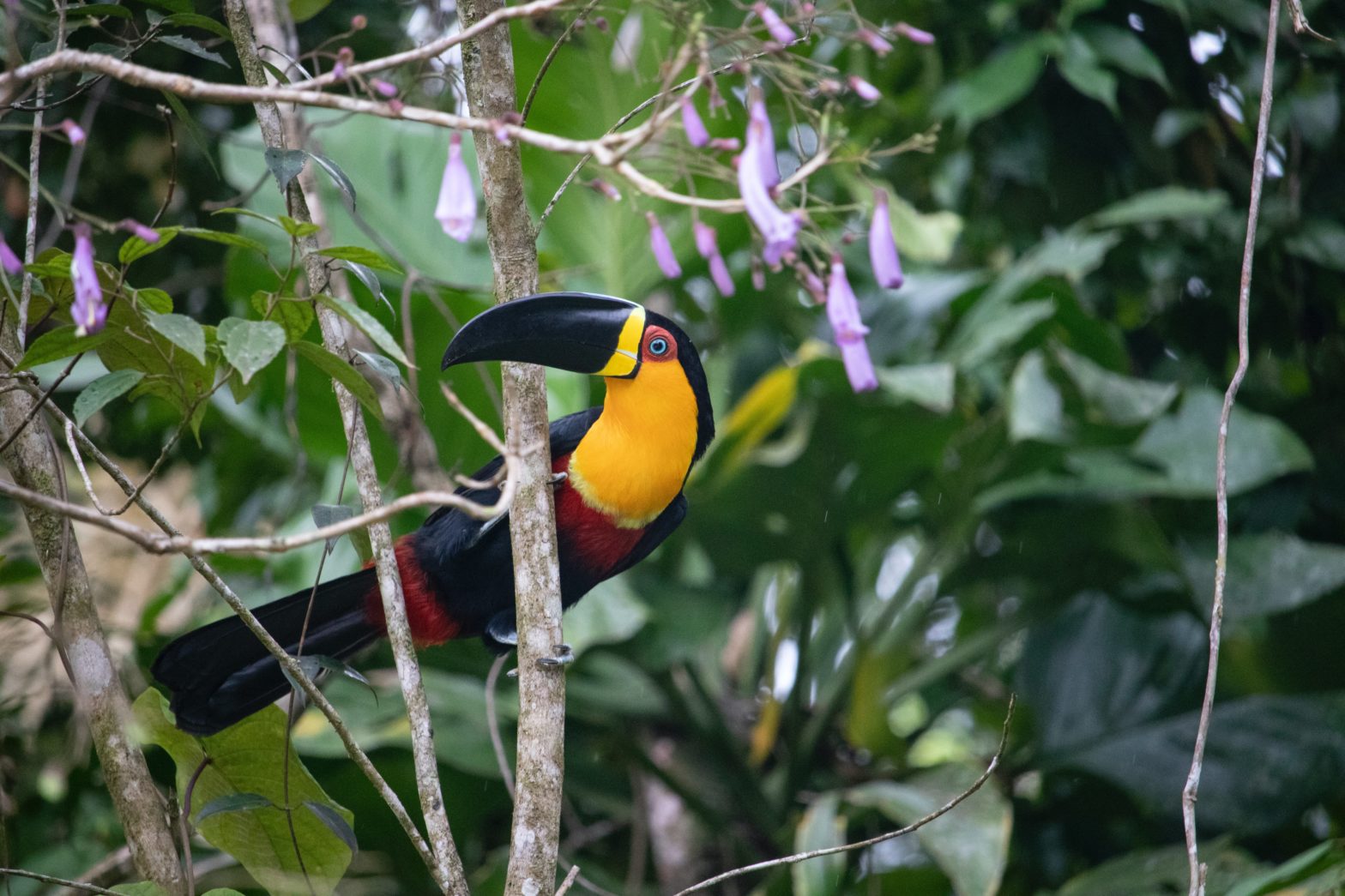Are you a nature lover? Want to explore a vast variety of diverse landscapes, wildlife, and plant life all in one nation? Despite a decline in biodiversity due to pollution and climate change, there are many nations known for their incredible biodiversity.
Data analytics company, The Swiftest, performs research on topics related to societal and environmental issues. Their Global Biodiversity Index ranks countries in terms of how biodiverse they are. In their study, they considered various factors, including the number of birds, amphibians, fish, mammals, reptiles, and vascular plant species found in each nation. Here are their findings for the top 5 most biodiverse countries in the world in 2022.
Brazil
The world’s most biodiverse country, Brazil is home to over 4,000 different species of plants, more than 120,000 species of invertebrates, and around 9,000 vertebrates.
South America’s largest country is comprised of many different climates and ecosystems, allowing for various environmental conditions to accommodate a wide range of life. An average of 700 new animal species are discovered every year in Brazil.
Indonesia
Coming in at number two on the list, Indonesia is home to two of the world’s 25 biodiversity hotspots, 24 of Bird Life International’s Endemic Bird Areas, and 18 World Wildlife Fund’s “Global 200” ecoregions.
It has the world’s third-largest area of rainforest, in which species like endangered orangutans and critically endangered Sumatran rhinoceroses and tigers can be found.
Colombia
With its 314 types of ecosystems, Colombia boasts the third-highest level of biodiversity in the world. Worldwide, it ranks number one in diversity of bird species and orchid species.
It ranks second in plants, butterflies, freshwater fish, and amphibian species. Colombia was also named one of the world’s richest countries in terms of aquatic resources.
China
China is home to 10% of the world’s plant species, including almost 10,000 species of crops. It also boasts 14% of the world’s animal species and 20% of its fish.
The country is also rich in lake, marsh, and river wetlands. Grasslands cover around 42 % of the country and provide homes for 6,704 known species of forage plants.
Mexico
Fifth on the list, between 10 and 12% of the world’s species can be found in the Central American nation of Mexico.
It ranks third globally for mammal diversity, with over 564 species (30% of them being endemic), and second in reptiles with 864 different species (45% of which are endemic.)
Related: The Climate Crisis Is Destroying U.S National Parks





